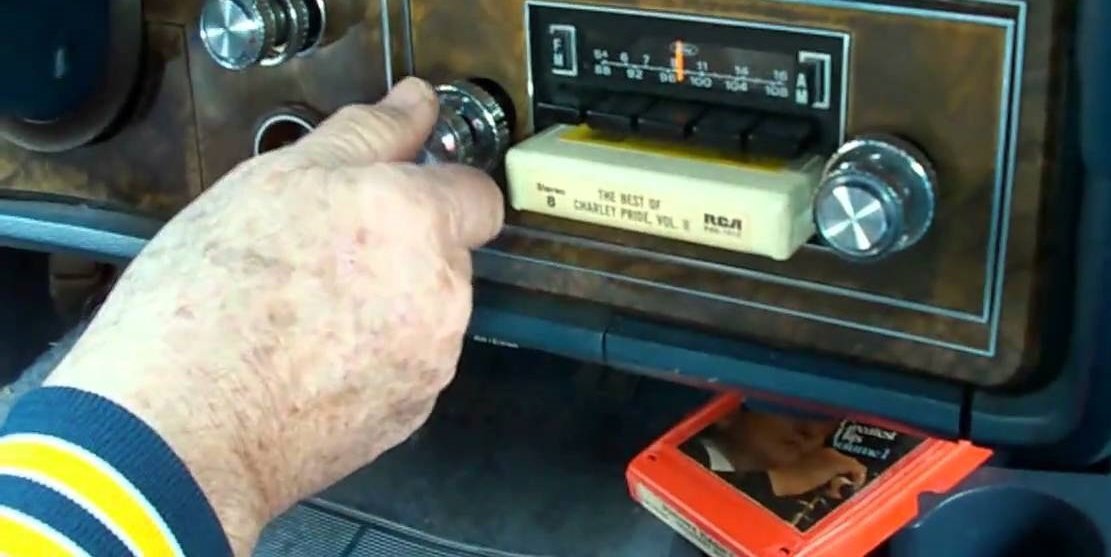
Table of Contents:
- Record Players
- Radios
- Hi-Fidelity Receivers
- 8-Track Home Decks
- Component Stereos
- Cassette Decks
- Boombox
- CD Stereo Players
- Super Audio CD Players
- The birth of Wireless Speakers
- Bluetooth and wireless speakers
Alexa lit the match that sparked the battle of smart speakers. Google obliged. Soon enough, Siri completed the triad of the most coveted product of today’s technology.
But before the clash of smart speakers evoked, Thomas Edison had no idea that his experiment that involved tinfoil-coated cylinder with two needles would result in today’s plethora of audio of music recording and ultimate audio experience.
The marriage of music and technology
As the society continues to enjoy the latest developments of high-resolution sound and wireless streaming, it’s fair enough to look back at the audio formats before the dawn of wireless speakers.
Record Players
As the turntable can be traced back in the late 1800s, it was until the 20th century when an audio component became relevant in every home. The record player made it possible to preserve music. Users may revisit it anytime even if it’s limited to playing 78 and 45 rpm records.
Radios
The radio was the rock star of the 30s. It may be considered parallel to today’s internet since radio revolutionized the way society consumed music. The radio was essential to every living as it kept families together with the entertainment that it brought. It may be considered as the nation’s first mass medium. In the US, it used to broadcast 599 stations.
Hi-Fidelity Receivers
The primary role of this technology mainly evolved in improving the home audio quality. It ought to provide a listening experience that mimics the resonance of a live orchestra. Harman Kardon took the challenge of developing the first stereo receiver that combined the radio tuner with broader FM bandwidth, pre-amplifier, and amplifier into a chassis. This development paved the Golden Age of Hi-Fi.
8-Track Home Decks
This audio component may be considered as a failure. But, let’s acknowledge how these analog magnetic tapes were a great commercial success. The 8-track home decks were successful enough that they paved the way for every audio format that came after these audio devices. It was originally designed for DJs at radio stations to play jingles, commercials, and record singles. But later, it became soundtrack cartridges that house eight parallel songs. This technology then developed from car radios to home decks.
Component Stereos
This development combined a receiver, speakers, turntable and some kind of cassette player into one package. It became easier for families their favorite entertainment medium.
Cassette Decks
You owe Philips the credit for creating the cassette tape and bringing analog platform with a more suitable audio solution.
Boombox
During the late 70s, there was a demand for more dynamic and louder radios. This need led to the creation of the boombox. The portable radio-cassette player with loudspeaker instantly starred in most outdoor listeners.
CD Stereo Players
Sony led the frontier for companies that contributed the digital audio transition back in the 80s. Many people considered the CD format groundbreaking. It delivered better sound quality than cassettes.
Super Audio CD Players
The SACD format was historical as it replaced the CD into the Millenium. Sony headed the crusade with its machine that’s called SCD-1 SACD player. It was compared to master recordings as it delivered phenomenal sound.
The birth of Wireless Speakers
Back in 1994, Larry Schotz applied for a patent for a digital wireless speaker system.
The technology behind wireless speakers is quite simple. One, a transmitter sends a radio frequency to a receiver that sits in a musical loudspeaker. Two, a board amplifier powers up the woofer. Three, radio signals are broadcasted.
Like any other success stories, the concept of wireless speakers had some difficulty coming into existence.
Radio frequencies may have erratic signals. This issue is caused by low signal strength or blocked antennae. The FCCs limit the intensity of the wireless signals. To aid this, developers harnessed the digital signal.
Bluetooth and wireless speakers
The advent of wireless speakers was in accord with the advancement of Bluetooth technology.
The Ericsson Company created Bluetooth technology. It was designed as a wireless alternative to data cables. Basically, Bluetooth uses radio signals to transport data.
The primary advantage of Bluetooth over other wireless devices is that Bluetooth can be used for a valuable distance.
Today, as smart speakers arch their way through home entertainment, it becomes more evident how far we’ve gone in the field of audio experience. And there’s no telling how far we can go.